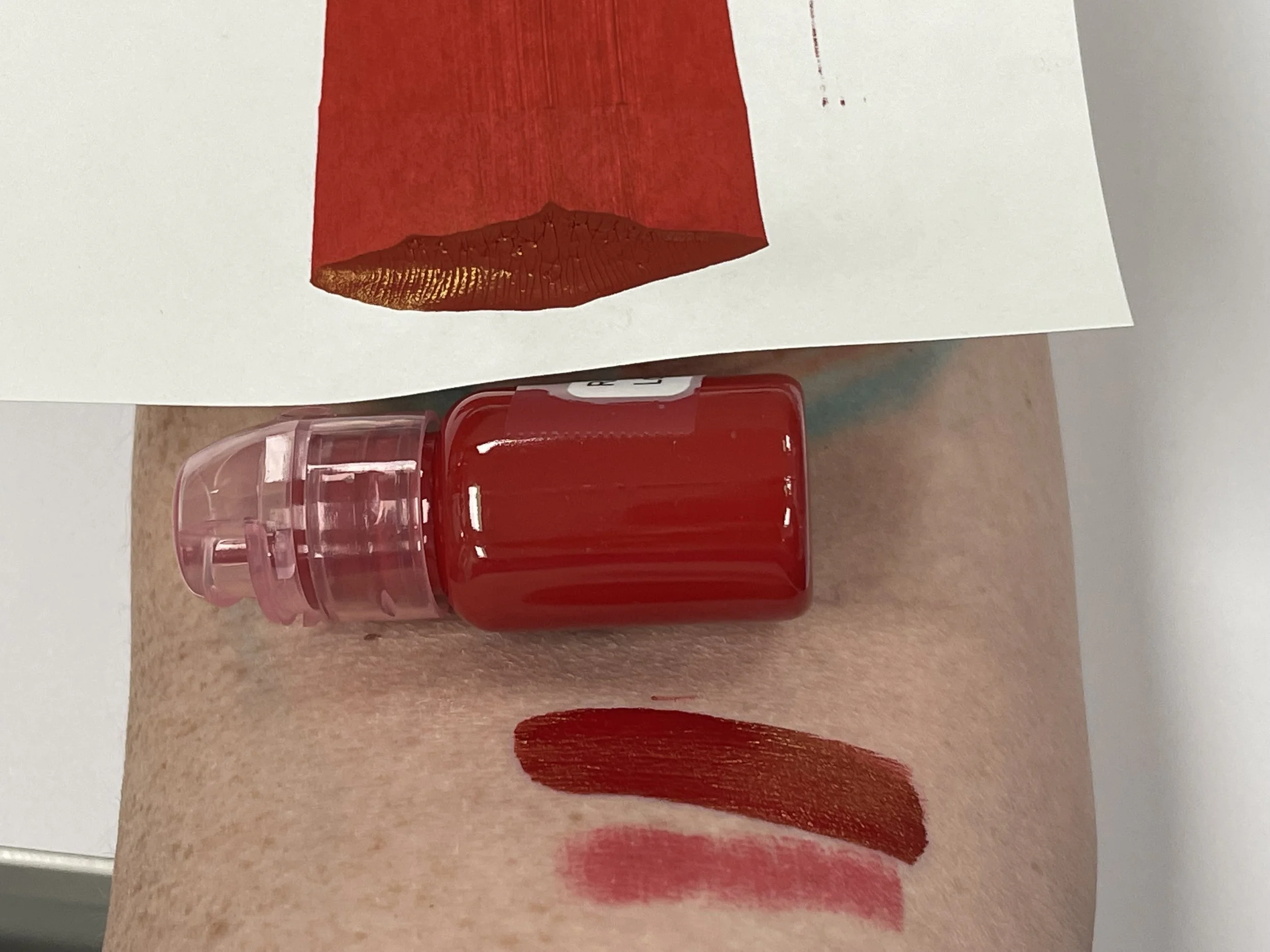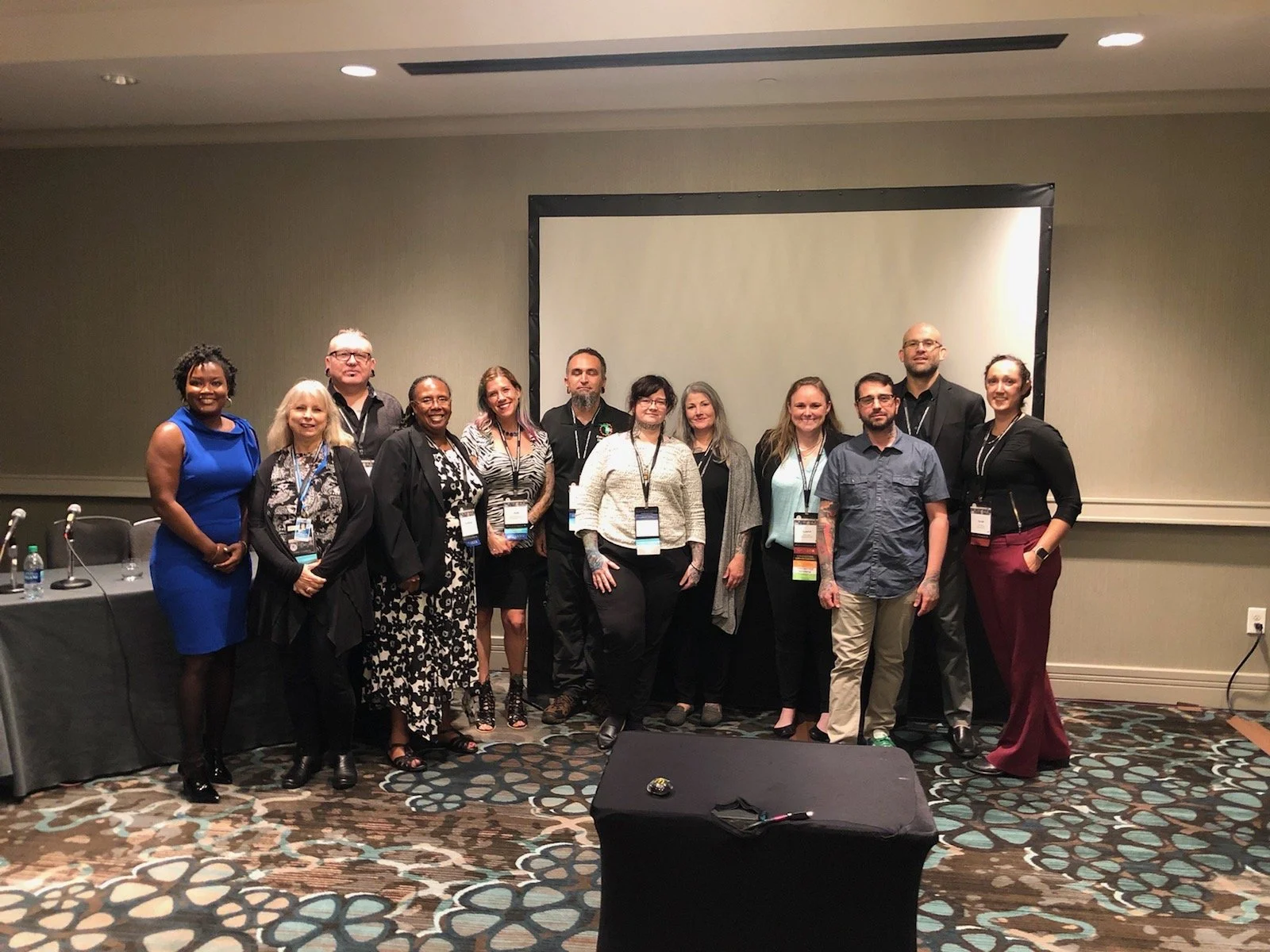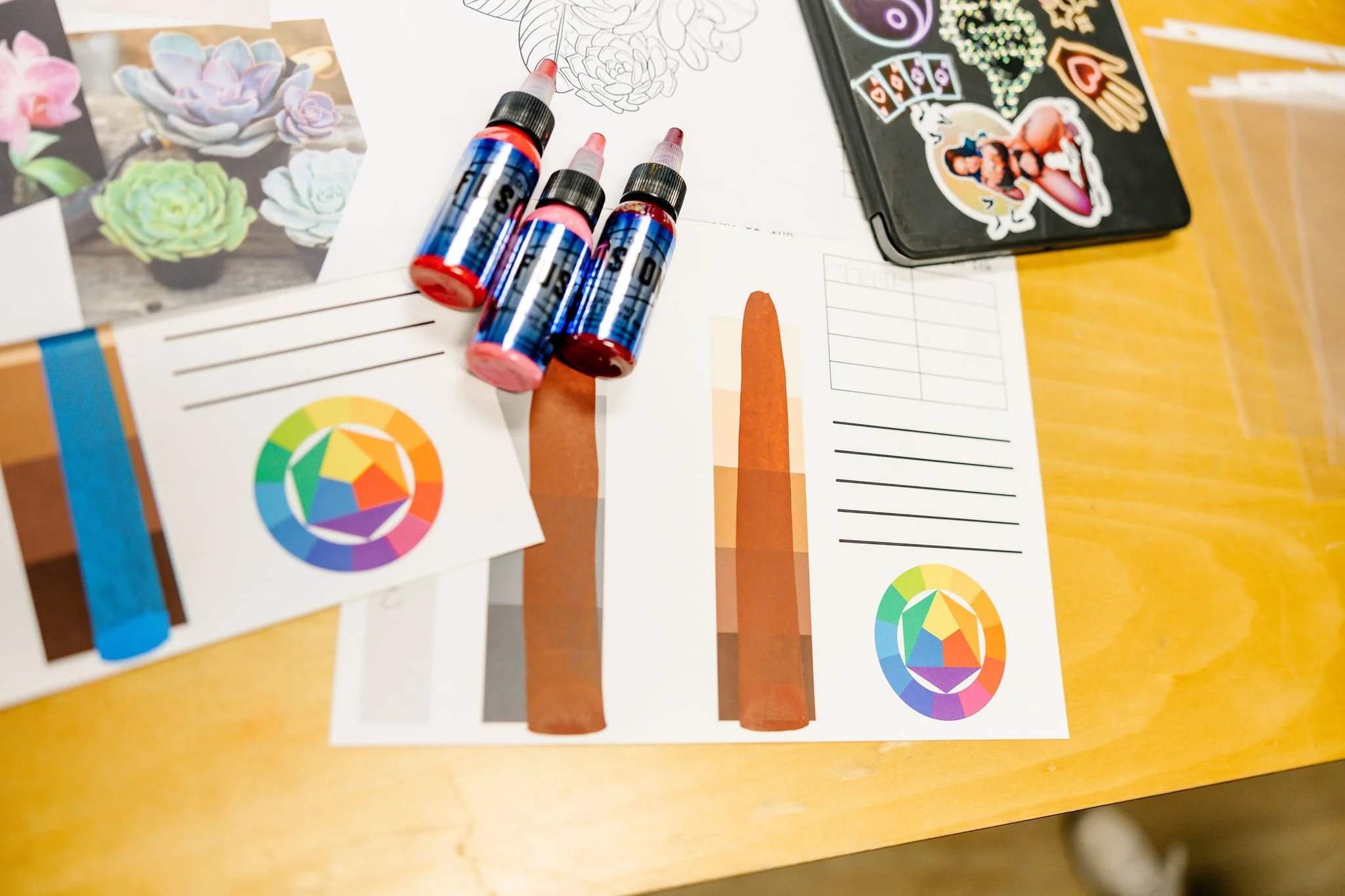Demystifying Tattoo Safety: Why Defining Tattooing Matters for the Future of Our Craft
Tattooing has always carried a deep cultural and artistic significance. But behind every piece of art lies a world of science, safety, and regulation that most people never see. As both a tattoo artist and a researcher, I’ve spent years navigating this complex landscape — traveling, studying, collaborating with experts, and challenging regulations that don’t always serve the people they claim to protect. Today, I want to share why the definition of tattooing itself is at the center of a global conversation, and how the work I’ve been doing is helping to safeguard both artists and clients for years to come.
For the first time in the history of tattooing, I helped make history with APT.
My work was published with Binghamton University and Dr. John Sweirk.
Read the Peer Reviewed Publication Here.
Why This Study Matters
This is a major step forward for tattooing — for the first time, there’s peer-reviewed science explaining why tattooing is not an injection.
The FDA has been using the word “injected” when talking about tattoo inks.
That wording matters — because if tattooing were legally considered an injection, tattoo inks could be regulated like medical devices, not cosmetics.
That would completely change our industry: clinical trials, new registration rules, and potential loss of access to safe, small-batch inks.
Resulting in surging costs to clients, and putting clients at risk making it harder to obtain safe tattoo inks.
Additional safety scrutiny could cause replacement chemicals to enter the market that the industry does not have long term data established.
In the pursuit of elevating the craft of tattooing, and protecting the clients who get tattooed.
Why Definitions Matter in Tattoo Safety
On the surface, tattooing seems simple: pigment placed into skin, creating a permanent mark. But when regulators, scientists, and medical professionals begin to classify tattooing, the stakes get higher.
Recently, I traveled to Binghamton University in New York to work with Professor Dr. John Swierk and his research team. Together, we began unraveling a critical question: What is the true definition of tattooing?
That might sound philosophical, but it has very real consequences. Right now, there is debate over whether tattooing should be considered an injection procedure. If inks are legally treated as injectable drugs, then safety standards shift into a pharmaceutical framework — one designed for vaccines or intravenous medicines, not tattoo pigments. That would pressure companies to use entirely new chemical systems, many with little to no long-term safety data.
By contrast, if tattooing is properly recognized as its own unique practice — one where particles are deposited, not injected — then regulators can focus on the real risks and real science, rather than forcing mismatched standards that could actually make things less safe.
This isn’t just about semantics. It’s about protecting clients, empowering artists, and ensuring tattoo inks remain safe, stable, and well understood.
Here you can see Red 170 a common colorant in most red pigments for tattoos; in skin, as a swipe test, in the bottle (mass tone) and drawdown on paper.
The EU REACH Problem: When Safety Becomes Chaos
My concerns aren’t abstract. I’ve lived through the consequences of poorly aligned regulations.
When I worked on tattoo inks that were required to meet EU REACH standards, I saw firsthand how extreme restrictions created more confusion than clarity. REACH bans thousands of chemicals outright, while also setting tolerance limits so narrow that in many cases, they are impossible to test for reliably.
On paper, this looks like a win for consumer safety. But in practice, it creates chaos:
Ink manufacturers scramble to reformulate products, often with untested substitutes.
Testing laboratories struggle to measure at levels beyond their technical capacity.
Artists and clients bear the burden, as safe, trusted products disappear from the market.
Even medical professionals have spoken out against this. Danish dermatologist Jørgen Serup, a pioneer in documenting tattoo reactions, published his critique titled “Chaotic Tattoo Ink Market and No Improved Customer Safety after New EU Regulation in 2023.” In it, he highlights what many of us in the industry already know: regulation for the sake of regulation does not automatically equal better safety.
As someone who works daily with both tattoo clients and compliance frameworks, I see the gap between the intention of these rules and the reality they create. And that’s exactly why redefining tattooing — grounded in real science — is so critical.
The first regulatory conference I attended in 2019, hosted by the American Food and Drug Officials. The event brought together health department leaders, FDA representatives, and safety professionals from organizations such as the Alliance of Professional Piercers, the Florida Environmental Health Association, and other private agencies.
Tattoos Are Science, Too
Tattooing is more than an art form. It’s chemistry, biology, and physics working together. Every drop of ink is a dispersion: pigments suspended in a carrier fluid, balanced for stability, flow, and safety. Every tattoo session is a controlled wound-healing process, where the body integrates pigment particles into the dermis.
When we blur the line between tattoo pigments and injectable drugs, we erase the nuances that make tattooing unique. Unlike a pharmaceutical injection, tattoo pigments are not metabolized or broken down in the same way. They remain in the skin long-term, interacting with light, tissue, and immune cells. That’s why understanding particle size, pigment stability, and carrier safety is far more important than applying irrelevant pharmaceutical guidelines.
Working with Dr. Swierk’s lab, we’re unpacking these distinctions with scientific precision. This work allows us to present regulators with a clear, evidence-based picture of what tattooing actually is — and why it needs its own category of safety assessment.
Color swatch testing in drawdowns to see the opacity and transparency on skin tones planning what colors work on skin types. It is imperative to learn your colors
My Personal Mission: Bridging Research and Practice
This isn’t just academic curiosity for me. It’s personal.
I’ve traveled globally for years searching for answers — sitting in labs, speaking with chemists, meeting regulators, and collaborating with fellow tattooists. Each trip reinforced the same reality: my industry was in trouble, and someone had to step forward to translate science into practice.
That’s why I’ve built spaces for artists to learn, understand, and elevate their standards. Through my role with the Alliance of Professional Tattooists (APT), I’ve worked to ensure that tattooists are not left out of conversations that directly impact our livelihood. Too often, decisions are made about us, without us. My goal has been to change that by connecting artists to the science, and regulators to the reality of working professionals.
Sanitation and a variety of tools you will see during the tattoo process.
Creating a Future of Safety and Empowerment
So where does this all lead?
For clients, it means safer tattoos, with products that are tested and regulated in ways that actually make sense.
For artists, it means access to education, transparency, and confidence that the tools we use are both effective and compliant.
For regulators, it means better collaboration with the industry, and a chance to avoid repeating mistakes like the EU REACH rollout.
Tattooing deserves to be seen as its own practice — not lumped into categories where it doesn’t belong. The more we demystify the science of tattooing, the more we protect its artistry, its safety, and its future.
A sound understanding of the science of tattoo pigments creates better tattoos and more predicable results over a lifetime.
Why I Keep Going
People often ask why I devote so much of my life to research and advocacy when I could just focus on tattooing. The truth is simple: I love this craft, and I love the people who trust me with their skin. If I can use my experience — both in the studio and in the lab — to make tattooing safer for everyone, then that’s worth every trip, every late night, and every challenge.
This is only the beginning. With ongoing research, industry collaboration, and voices like mine and countless others pushing for clarity, tattooing can thrive not only as an art form but as a model for how craft and science can come together.
Because at the end of the day, tattooing isn’t just about what’s under the skin. It’s about the stories we tell, the standards we uphold, and the future we’re building — one line at a time.
Lecturing health department officials in Arizona 2022 about some basic understandings of history around tattooing.








